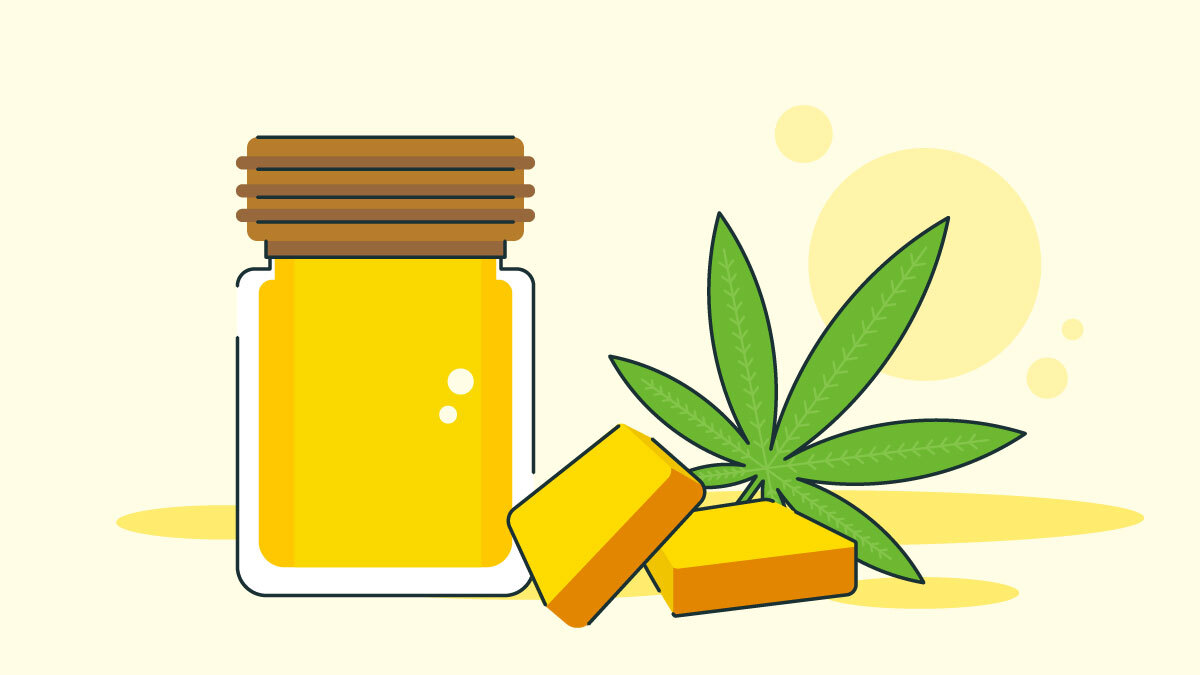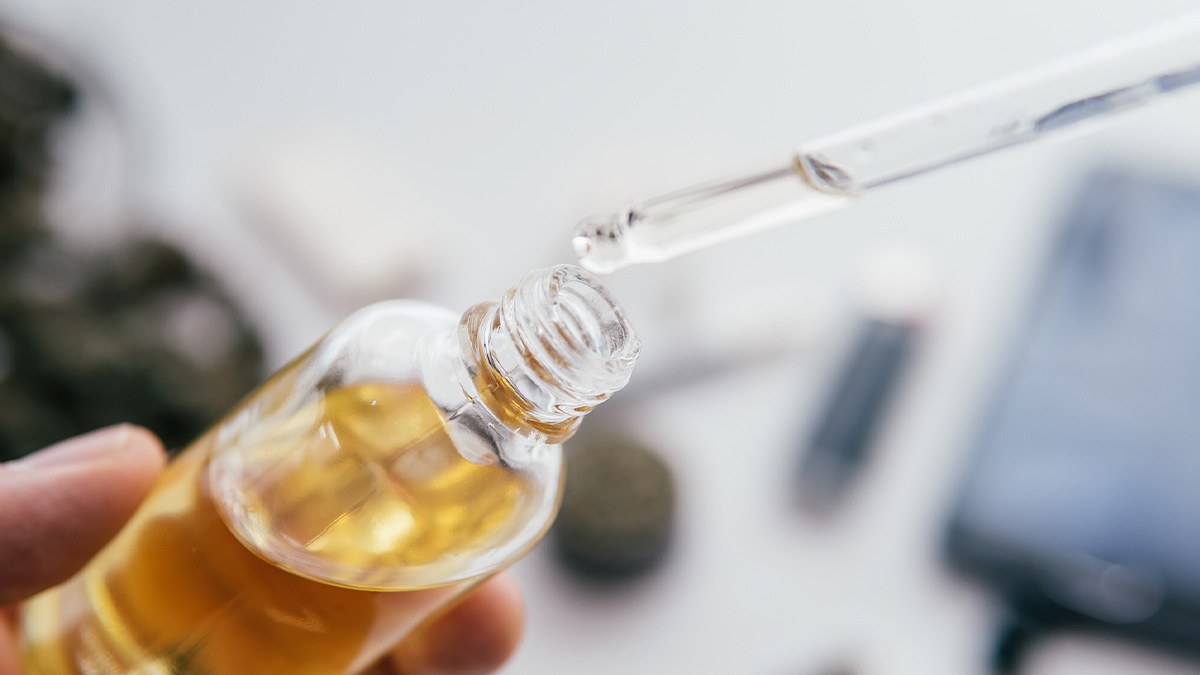What Is Hash Oil & How to Use It

Everyone’s heard of hash.
Old-school stoners, even if they’d never tried it, knew that hash was the “next step up” from ordinary weed. Their kids’ and grandkids’ first “exposure” to hash? It was probably when they saw movie or TV characters smoking hashish in exotic settings.
Today, “hash” has gone mainstream — in the form of hash oil. When you step into any legal dispensary, you’ll see hash oil for sale.
But here’s some news that may surprise you. Hash and hash oil aren’t the same thing. Hash oil isn’t made from hash. And the shatter and wax you see at the dispensary? They’re simply different forms of hash oil.
Understanding the differences can be confusing at first.
Let’s sort out the confusion, starting with the granddaddy of them all.
What Is Hash?
Hashish, of course, is an extract from the cannabis plant that’s been used for millennia.
Hash is made by collecting and compressing parts of the weed plant; throughout history, it was pressed into large blocks for transportation. The reason hash is stronger than ordinary marijuana is that only the most potent parts of the buds, the resin glands (trichomes), are used to make it.
Historically, hashish made its way to Europe and America from South Asia and the Middle East, and later from Morocco. But the easier availability of high-quality flower has allowed consumers to produce their own versions of hash in recent years. Two types are now common.
Dry sift hash is made by rubbing or rolling bud over a screen made from a fine mesh. That causes the trichomes to separate from the flower and fall through the screen. The process is repeated several times to ensure high-quality products, which can be smoked together with weed, turned into rosin, or compressed into a traditional hash block.
Bubble hash requires a little more work. The flower is placed into ice water, which freezes the trichomes. When the bud is then shaken or stirred over mesh screens, the resin glands fall right off, and multiple screens are used to further refine the hash. It can then be smoked or made into rosin, although the best-quality bubble hash is usually dabbed.
Since hash is made from cannabis trichomes, which contain the bulk of the plant’s cannabinoids and terpenes, it’s naturally much more potent than weed. Hash usually has double, triple, or even four times the THC content [1] found in most strains of marijuana.
Dry sift hash, as you’d guess, is dry. Bubble hash can be dry or gooey. You’ll notice, though, that we haven’t mentioned the creation of oil. Let’s find out why.
What Is Hash Oil?

Modern technology has changed our lives in innumerable ways. It’s put our phones into our pockets and our computers into our phones. It allows us to easily travel the globe or feel like we’re traveling via virtual reality.
It’s also given us new ways to extract and concentrate the THC that’s in cannabis.
Those methods are used to create a weed product called hash oil, which can have as much as 90%+ THC content. But what would make some hash oil twice as potent as hashish?
In a nutshell, more-efficient solvents are used to extract the oil by chemical processes. The chemical extraction of trichomes from weed has another effect as well: it concentrates the THC into an extremely powerful extract.
Three solvents are typically used to extract weed oil:
- Alcohol: Buds are soaked in alcohol, which separates trichomes from the plant. The liquid is filtered to separate the resin glands and then left for a day or so to allow the alcohol to evaporate.
- Carbon Dioxide: CO2 is passed through flower under high pressure and heat, which turns the carbon dioxide into a “supercritical” liquid that can extract cannabinoids from cannabis. The resulting product is much cleaner and purer.
- Butane: Chilled butane gas is used as a solvent to extract trichomes in the form of vapor. The vapor is turned back into a liquid; the remaining butane is purged in a vacuum oven, and ethanol is used to remove any leftover plant matter or impurities.
You’ve probably noticed that it’s relatively easy to create hash oil with alcohol but difficult when you’re using CO2 or butane. That’s an understatement. The last two processes are the most efficient, but they require expertise and special equipment. And since butane is highly flammable, the extraction process can be quite dangerous. In short, don’t try this at home.
There’s one other interesting fact about hash oil: it isn’t always an oily liquid.
The cannabis concentrates created by all of these processes are often called hash oil. But depending on the extraction method and other processes used to further concentrate and purify it, hash oil may be solid, thick and spreadable, gooey and sticky, malleable like taffy — or it may have the consistency we usually associate with oil.
How do you distinguish between them? Read on.
Types of Hash Oil
Many people refer to hash oil as butane hash oil, or BHO for short — even if it was extracted with CO2 instead of butane. (It’s also known as honey oil or butane honey oil).
Why? We’re not sure, but probably just because it’s easy to do and it’s a catchy name.
Rigorously speaking, butane hash oil has a consistency much like syrup. Other weed concentrates have very different consistencies and textures. Among them:
- Shatter: Solid and glasslike, breaks with contact.
- Budder: Smooth and malleable, like butter. (Not to be confused with badder, which has a consistency more like frosting.)
- Wax: Similar to budder but more solid.
- Crumble: A type of wax that crumbles easily.
- Taffy: Also called pull-and-snap, it stretches like the candy it’s named after.
Hash oil is most commonly used for dabbing. Oil or wax is also often used for vaping, and solid forms of hash oil like shatter or crumble can be added to bowls or joints for added potency.
That was a complicated answer to a seemingly simple question. We hope it provided some clarity.
Hash Oil: FAQ
Q: Is RSO hash oil?
A: RSO is short for Rick Simpson Oil. It’s named after a Canadian engineer turned cannabis activist who used homemade cannabis oil to successfully treat his skin cancer. We actually alluded to RSO briefly; it’s a form of extraction done with alcohol. RSO is usually applied topically, not dabbed or vaped. Is it literally hash oil? Some people say yes, others say no. We say you should just appreciate it for what it can apparently do.
Q: Is it dangerous to use butane hash oil?
A: It’s certainly dangerous to make it. If you’re asking about inhaling butane residue, though, experts say there’s no evidence that the small amount that may remain in BHO is anything to worry about. In fact, if you’re dabbing hash oil, the heat will cause any remaining butane to evaporate long before you take a hit.